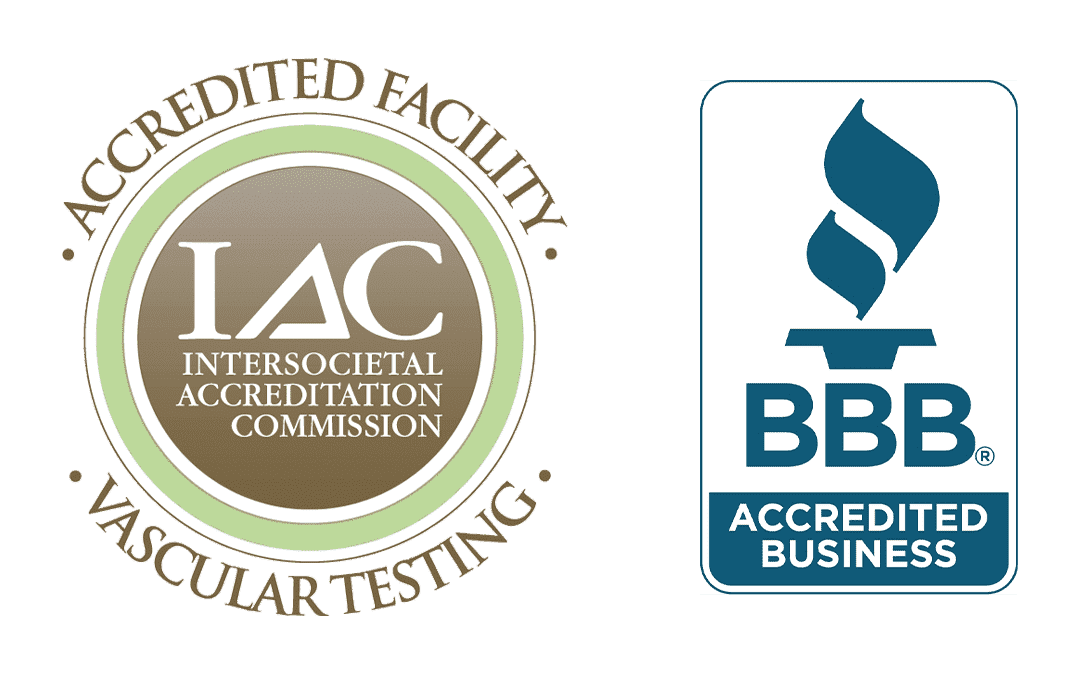Vascular Institute of Chattanooga performs a range of stroke prevention procedures tailored to treat patients’ medical needs. To learn about these procedures and what they entail, click each one below.
Carotid artery disease occurs when the major arteries in your neck become narrowed or blocked. These arteries supply your brain with blood. The carotid arteries extend from your aorta in your chest to the brain inside your skull. As you age a sticky substance called plaque can build up in the walls of your arteries. Plaque is made up of cholesterol, calcium, and fibrous tissue. As more plaque builds up, your arteries narrow and stiffen, leading to a process called atherosclerosis, or hardening of the arteries. A blocked carotid artery is a major risk for stroke.
During a carotid endarterectomy procedure, your surgeon makes an incision on the neck, opens the artery, and removes the plaque build-up. This will require overnight hospitalization.
Transfemoral Carotid Stenting is a procedure in which a vascular surgeon inserts a slim mesh tube called a stent into the artery to expand the artery walls and increase the blood flow in the blocked artery that leads to the brain.
